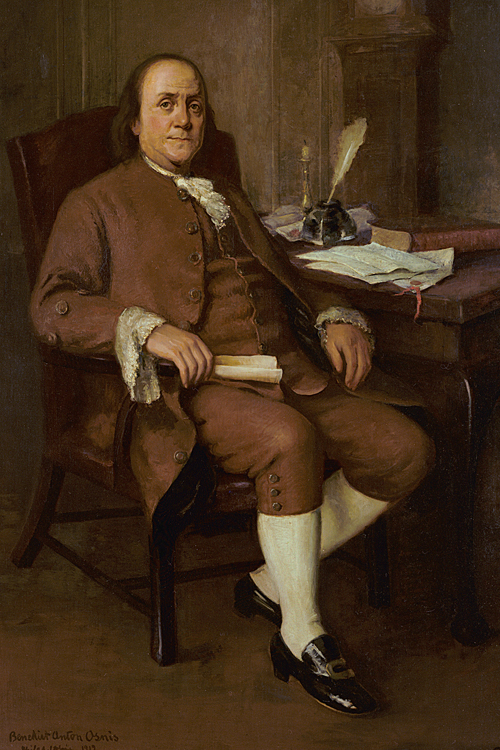The American postal system was born of revolution.
On July 26, 1775, about three months after the first clash between American Colonists and British soldiers in Massachusetts, Colonial leaders established a postal system and named Benjamin Franklin its leader — the postmaster general.
The leaders knew a postal system would be crucial to the war effort, allowing for rapid communication between Congress and the Continental Army. Messages could be delivered within days, while it took months for the British to communicate with London.
Moreover, the fledgling network of Post Offices helped unite the Colonies through the delivery of letters, newspapers and other mail.
The peace treaty that ended the Revolutionary War in 1783 established the borders of the new United States, with the Mississippi River serving as the country’s western border.
As the nation grew, so did its postal network.
In 1792, President George Washington signed legislation that formalized the network, which was then known as the General Post Office.
The organization played an important role in the nation’s expansion, helping to deliver mail across the Mississippi River and later, to settlers in Florida.
The need to deliver more mail to more places also sparked innovation.
In 1813, Congress authorized Postmaster General Gideon Granger to contract for the carriage of mail through a new method — by steamboat.
It marked a sea change for the organization, but even bigger changes were around the bend.

